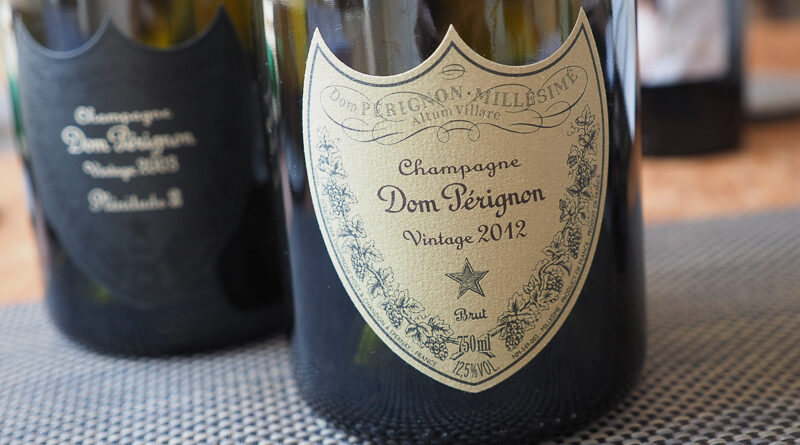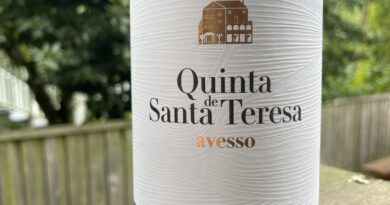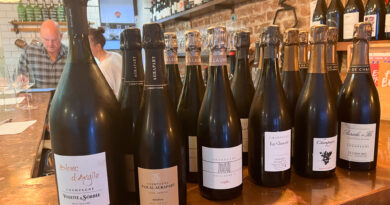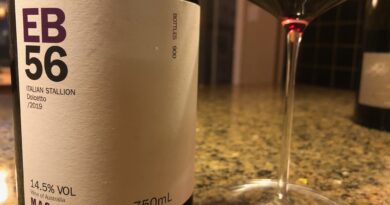Highlights: Champagne Dom Pérignon 2012 and 2003 P2
The 2012 vintage of Dom Pérignon is released, and for me this is one of the best that I’ve tried. ‘Pinot Noir and Chardonnay both offered a lot of maturity and also a lot of concentration,’ says chef de cave Vincent Chaperon. ‘The 2012 is well balanced and harmonious, but also dense.’ He describes the wine as complete and versatile, offering the usual spectrum of a great Dom P: white blossom, fruit and then the vegetal notes that are part of its aromatic typicity, together with the minerality that’s a signature of this wine.
Champagne Dom Pérignon 2012 France
12.5% alcohol, eight years on lees. Pinot Noir 51 %/Chardonnay 49%. Dosage 5g/litre, disgorged September 2020. Full yellow colour. Classic Dom P aromatics, on the fresh side with fruit and a touch of nice reduction, but also a lovely approachable toastiness. Dom P is often very easy to appreciate (as well as being quite serious and rewarding attention), but I think there’s a little more substance to this 2012. There’s a bright lemony, mandarin character with some richer peachy notes, and then vanilla and toast. The palate glides: it has a lovely stream of citrus fruit combining beautifully with toasty notes, and finishing with a citrussy flourish. Very fine and well balanced – easy to like, but with real complexity. A superbly crafted Champagne. 95/100 (Available from October, £152 clos19.com, Berry Bros & Rudd, Jeroboams, Hedonism Wines The Finest Bubble, The Champagne Company, Harrods, Selfridges)
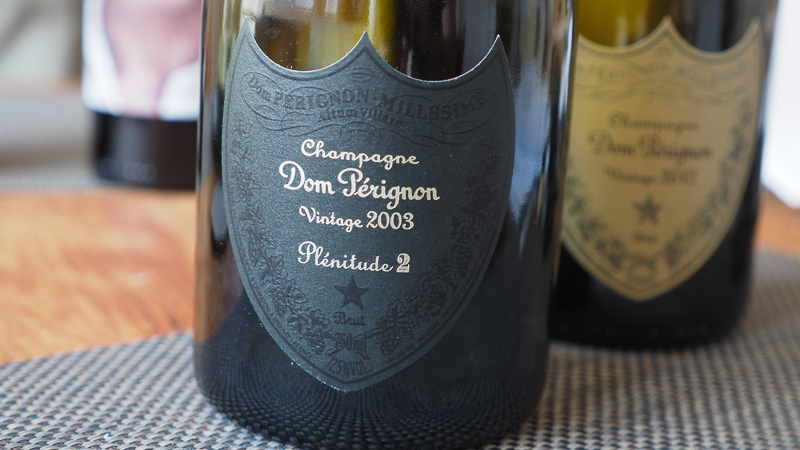
The 2003 P2, released at the same time, is quite a wine, from the heatwave year. The heatwave actually followed on from a terrible frost early in the season. As usual, it was Chardonnay that got hit the hardest because of its earlier budding, and 70% of the crop on the Côte des Blancs was lost. On August 15 they measured the grapes as they usually do, and to their shock realised that they had to get picking in five days. No one was in Champagne, and they had four days to devise a picking and winemaking strategy when normally they’d have four weeks. There were too many phenolics in the skins, as a result of the hot weather and sunshine, so the decision was made not to protect the must during pressing, in order to lose some phenolics at this stage. The blend was also very different, with 62% Pinot Noir, the highest proportion ever.
Champagne Dom Pérignon P2 2003 France
Pinot Noir 62%, Chardonnay 38%, disgorged September 2019 (15 years on lees) with a dosage of 5 g/litre. Full yellow gold colour. ‘The nose is consistent with the vintage,’ says Vincent Chaperon, with rich fruitiness and an iodine minerality, a contrast he describes as sun and clouds. Toasty with some rich peach and baked apple on the nose as well as hazelnut and pastry. The palate is bold, taut and structured with real intensity. It shows crystalline citrus fruit, spice and apricot, as well as savoury notes of earth and iodine, spicy minerality and plenty of structure. A remarkable Champagne. 96/100 (£335)
Find these wines with wine-searcher.com
See also:

